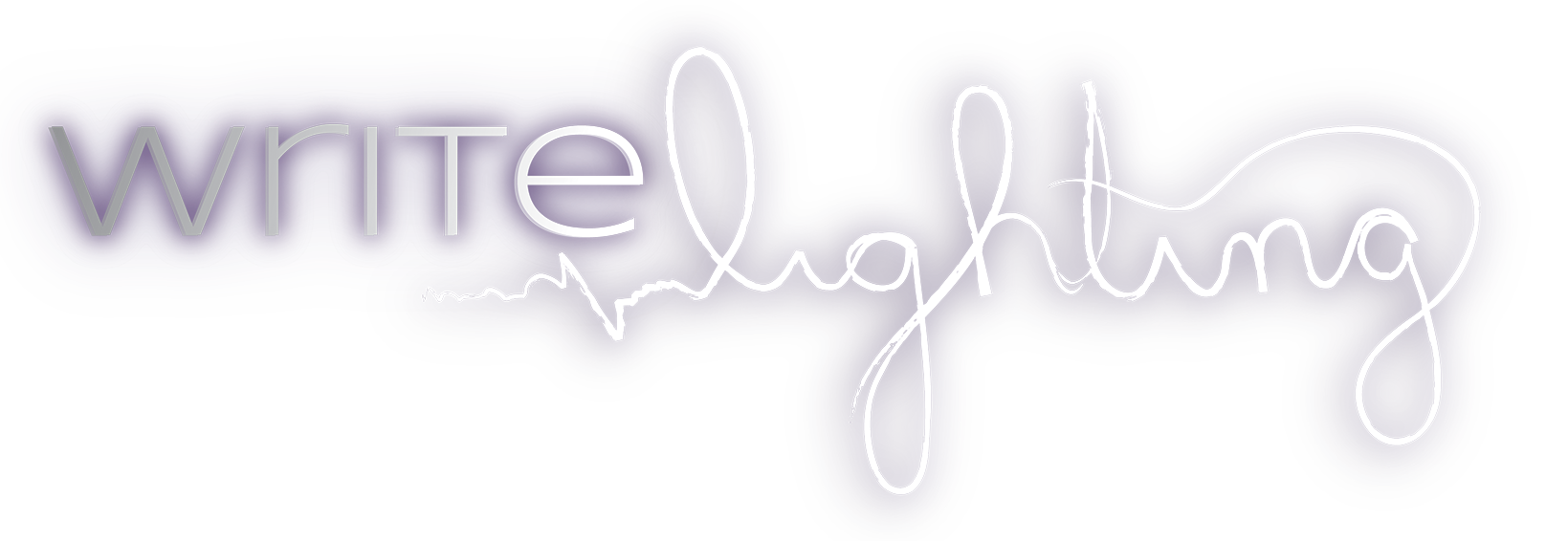A Simple Clamshell Lighting Tutorial

Clamshell lighting is one of those lighting techniques that should be a staple in every photographer's lighting repertoire. It's a classic lighting setup that offers gorgeous lighting for all kinds of portraits from beauty to corporate headshots. It's actually very simple to do as well. All you need is a soft light pointed down on your subject for your main light and some kind of bounce to fill in the shadows from below.
Now, of course, there's a lot more nuance to the setup than that, but that's the basic starting point. Typically the main light has a modifier attached to it to give you a soft, diffused light like a softbox or a beauty dish for example. Now if you were to stop right there and take a photo, you can see below how that light alone ends up affecting your image. You get these heavy shadows in places under the chin and eyes that aren't the most flattering looking.
No Bounce
All you need to do to make this setup a clamshell lighting look is add a bounce or a reflector just below the person to pop back in a little light and fill in the shadows. The type of bounce you use will affect the amount of light you cast back onto your subject. For example, you can see below the differences between using a white and silver reflector. A Silver reflector will fill in the shadows a little bit more than the white, but the white gives you a little more definition under the chin.
One thing to note though is if you're going to use a gold reflector, which is totally fine and can work well, just make sure you match the white balance of the lights with that of the gold reflector. Otherwise what ends up happening is you get really warm shadows with cooler light coming down from above like the photo below.
Gold Reflector Casting Warm Shadows
Another way to add bounce is by using a diffusion panel in your reflector or a sheer fabric to allow light to pass through your bounce which adds just a touch of light to the shadows. Also, note that the height and angle of your bounce also affects how much light gets added in to fill the shadows. The closer the bounce is to your main light, the more light you throw back onto your subject. If you'd like a little less light, just lower your bounce.
Diffusion Panel
One of the defining features of this style of lighting is the catchlights in the eyes. It gives you a very natural kind of look, but just be aware when using a gold or silver reflector. You can see in the photo below how there's a reflection of the reflector in my glasses that gives off a less than flattering look similar to under eye wrinkles. If your subject doesn't wear glasses or has anti-glare coatings on them then this shouldn't be much of an issue. It's just something to be aware of when you're shooting.
That's really all there is to clamshell lighting. It's a fairly simple and straightforward lighting technique that also allows for you to add your own style of shooting and vary the looks slightly. This clamshell lighting is actually a part of a bigger lighting project that I'm currently doing on 30 different lighting techniques on a black background which you can find more on here. I've got more lighting tutorials coming in the future, so if interested in that, stay tuned for more ^_^.
Youtube
Learn. Create. Experience. Share.







